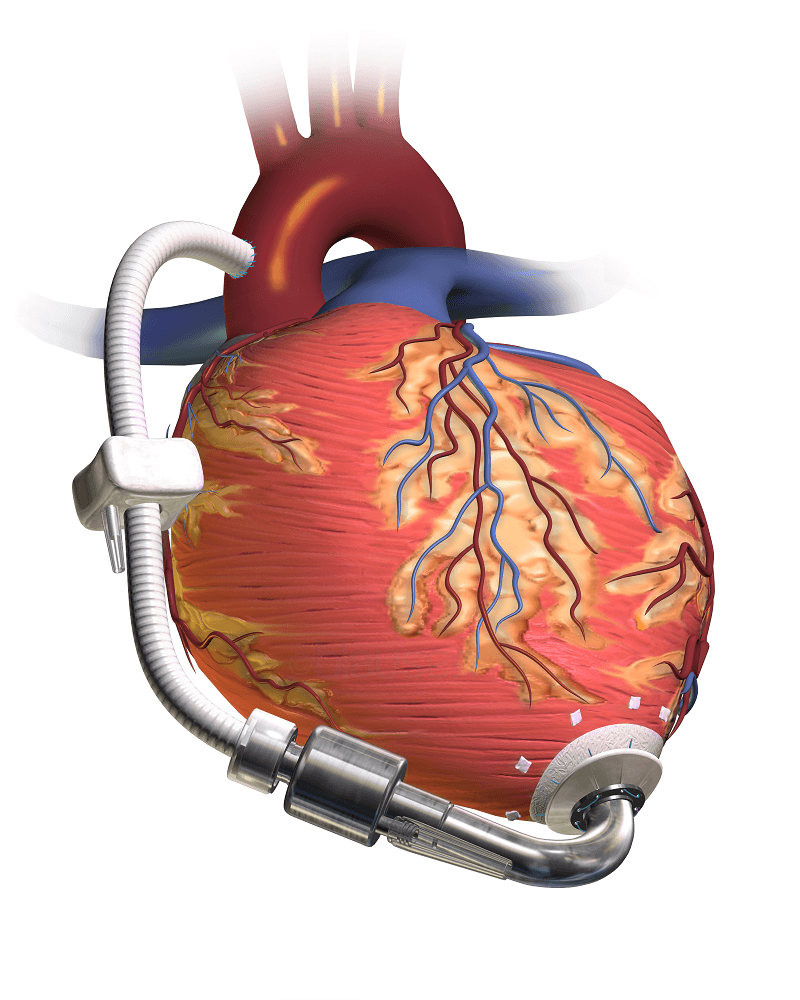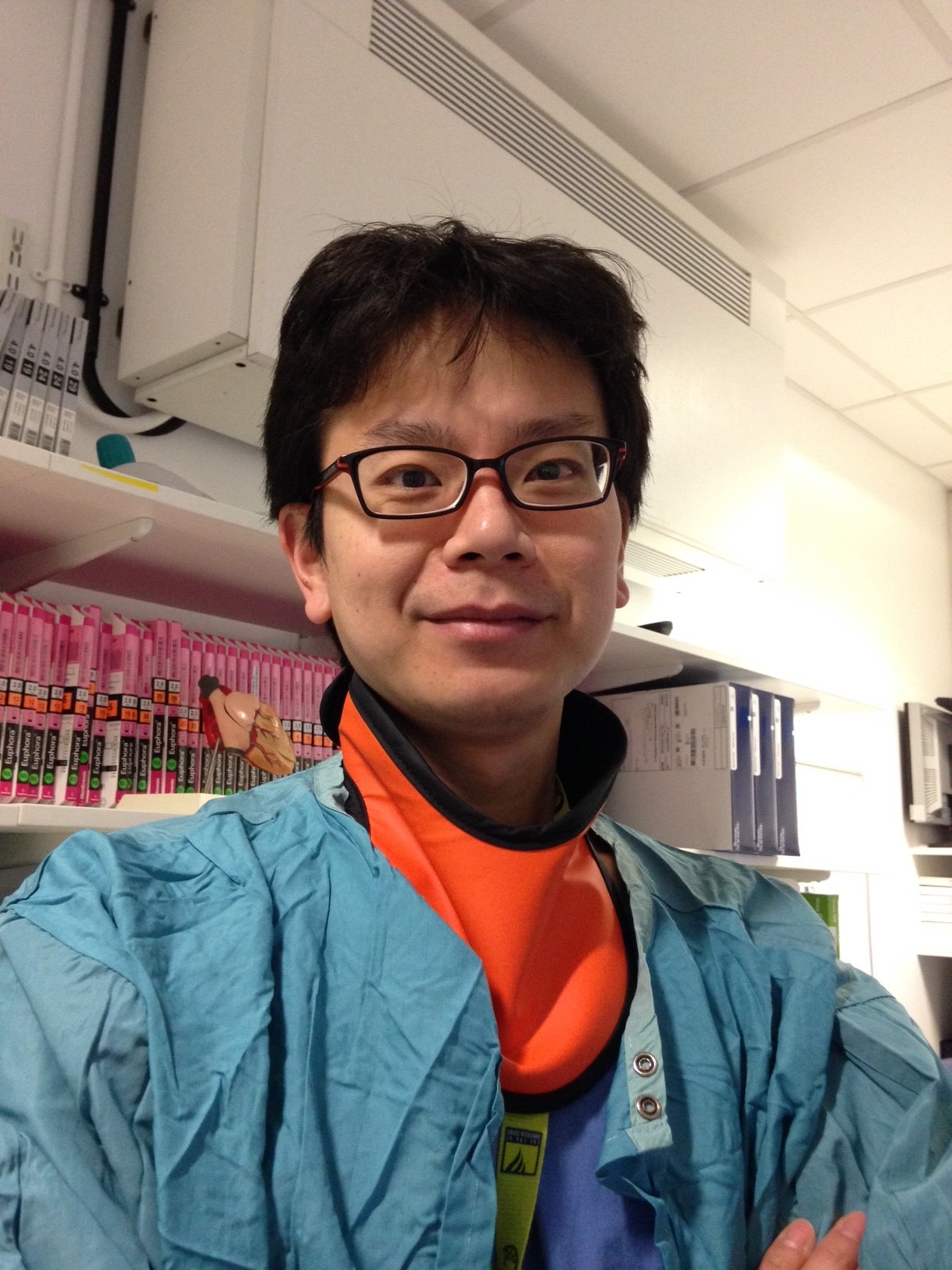
Scientists developing new wave technology that could transform chronic heart failure diagnosis have received a funding boost.
Researchers at Queen Elizabeth Hospital in Birmingham, England, are investigating whether analysing waves created when the heart beats can accurately identify the cause of heart failure.
They also want to know if these waves can be used to assess patients who may benefit from heart pumps.
The team led by Professor Sern Lim, a consultant in cardiology and heart transplantation, received a £144,000 novel and emerging technologies (NET) grant from national charity Heart Research UK to aid the research.
Heart Research UK chief executive Kate Bratt-Farrar said: “We are delighted to be supporting Prof Lim’s research, which has the potential to have a big impact on the lives of those living with heart failure.
“Our NET grants are all about backing new and innovative developments in medical technology that can quickly and efficiently translate into real patient benefits.”
How chronic heart failure is currently treated
Heart failure occurs when the organ is not able to pump enough blood around the body.
About 920,000 people in the UK have been diagnosed with the condition, and one-fifth of patients die within one year of diagnosis.
While the only effective solution is a transplant, mechanical pumps known as left ventricular assist devices (LVADs) can support a failing heart.

These are fitted to the left ventricle – the heart’s largest chamber, which is responsible for pumping blood around the body – and perform the job the heart is too weak to do.
LVADs significantly improve survival and quality of life in patients with advanced heart failure, and are increasingly used as a temporary bridge to transplantation or as permanent therapy.
Techniques that are currently used to assess the right side of the heart are inadequate, meaning it is difficult for doctors to select patients who would do well with an LVAD, or diagnose and treat right heart failure before it is too late.
How wave technology could be used in chronic heart failure diagnosis
When the heart beats, it generates a wave that propels blood into the bloods vessels.
Wave intensity analysis (WIA) is a technique that measures the pressure and flow characteristics of these waves.
By analysing these waves, it can be determined how well the heart is pumping and how the heart interacts with the blood vessels.
WIA may also have wider uses for monitoring heart function and treatment in very sick patients.
Dr Lim’s project will evaluate the efficiency of WIA, before assessing the effect of changing LVAD pump speed on the right side of the heart.

High pump speeds can worsen right heart function, and pump speeds that are too low may not be sufficient to support the left side of the heart.
Prof Lim’s team will study whether WIA can be used to identify the best LVAD pump speed for each patient.
He said: “This is an exciting project that we hope will help us assess the function of the right side of the heart and which has the potential to improve outcomes for patients with LVADs.
“Using WIA to assess patient’s hearts may help us to decide who will benefit from an LVAD, and also allow us to adjust the pump speed to suit each patient to ensure that they are getting the best results.
“Heart Research UK has a long history of backing new and potentially ground-breaking research, so we are very grateful to them for supporting this project.”






